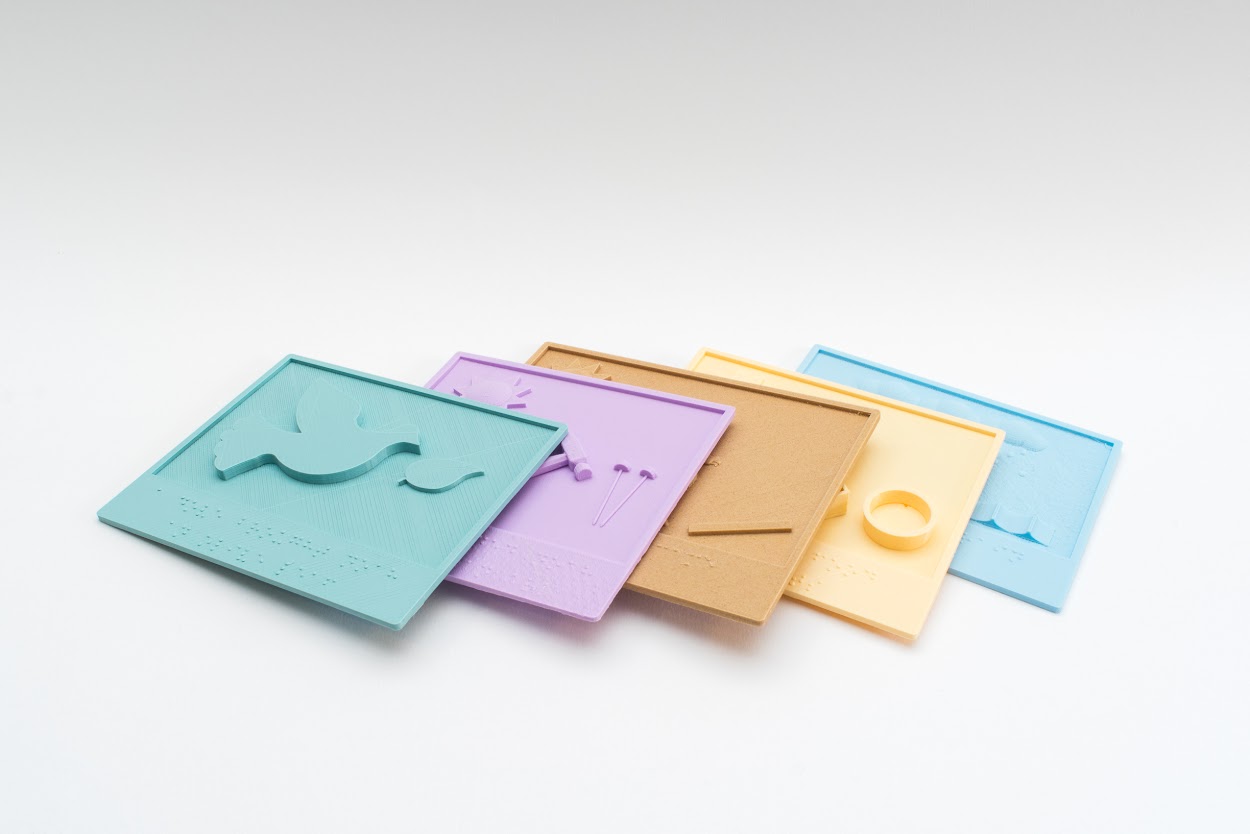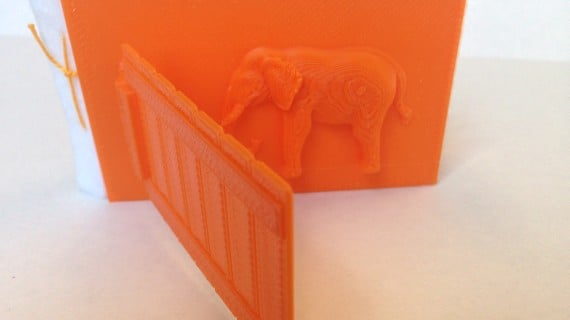
A project at the University of Colorado Boulder has developed techniques for producing “tactile books” for visually impaired children.
They say:
We create 3D printed tactile picture books for children with visual impairment and study the scientific and technical questions that arise.
And:
A picture is worth 1,000 words…but what if you couldn’t see it?…Learn how we are building the research and technology to create tactile pictures for children.
This makes complete sense as an application for 3D printing: the technology can reproduce shapes and even images to some extent, in a 3D form that’s touchable. Visually impaired children – or adults, for that matter – could learn more about objects and shapes that otherwise could be difficult to comprehend.

Here’s an example of their work: “Dear Zoo”. It’s a series of 3D printed parts that can be assembled into a book-like structure. Inside the book are 3D representations of zoo animals. For sure they are not fully 3D, but sufficient 3D surface exists to enable touch recognition of the animal.
Braille titling accompanies the animal, which for fun is encased in a lift-up cage.
The project has produce several similar tactile books, which are deployed through Thingiverse to the public, who can freely download all the parts, print, and assemble them.

The process is not to take a 3D model and squeeze it down into a near-2D representation, but instead to take existing 2D books and generate a raised 3D representation of their key elements.
Evidently the UofCB team uses sophisticated computational algorithms to perform the conversion. They’ve also partnered with 3D Hubs to provide easy access to 3D printing capabilities for those who wish to print the tactile books, but don’t have a 3D printer handy.
This process is not as simple as it sounds; there must be careful consideration as to how the individual interacts with the tactile book to ensure it successfully conveys the desired information. This requires consultation with teachers and experts who work with visually impaired students and children, so it’s not as if this technology will soon be in the hands of the public.
But from what we understand, the researchers are working towards that goal. One other challenge they may encounter is the use of intellectual property rights for the existing books they wish to make 3D: the owners may challenge this process should it become popular.

